Beyazıt Grand Bazaar Fatih/Istanbul Türkiye: Grand Bazaar is a must-see place on any trip to Istanbul, offering a unique blend of history, culture, and shopping feast. With its stunning architecture, vibrant atmosphere, and endless array of goods, a visit to this iconic marketplace promises to be a memorable experience.
Grand Bazaar Istanbul Photos
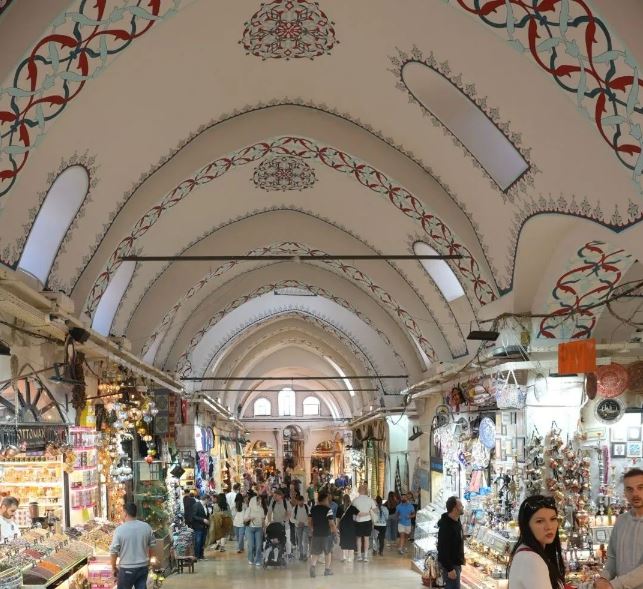
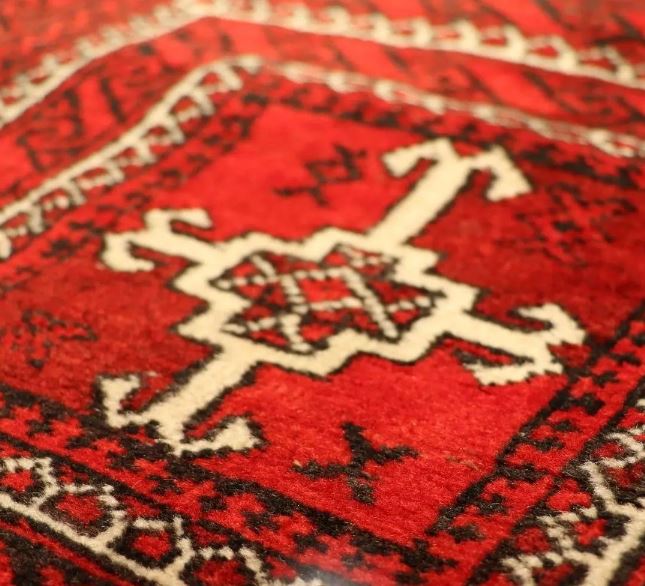
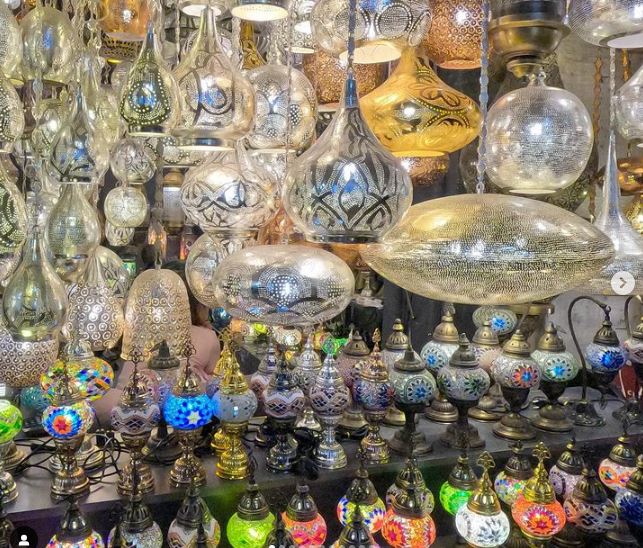
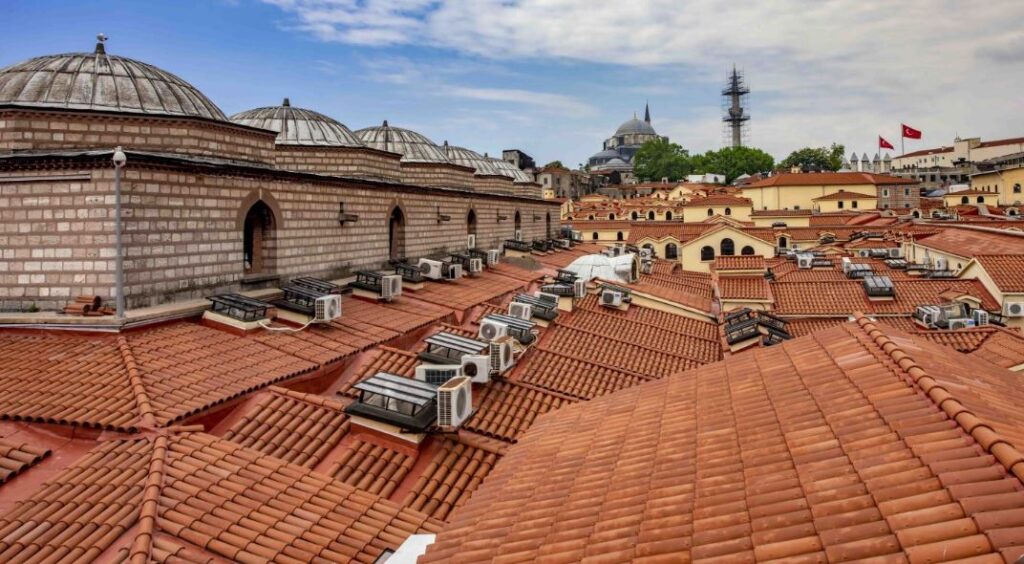
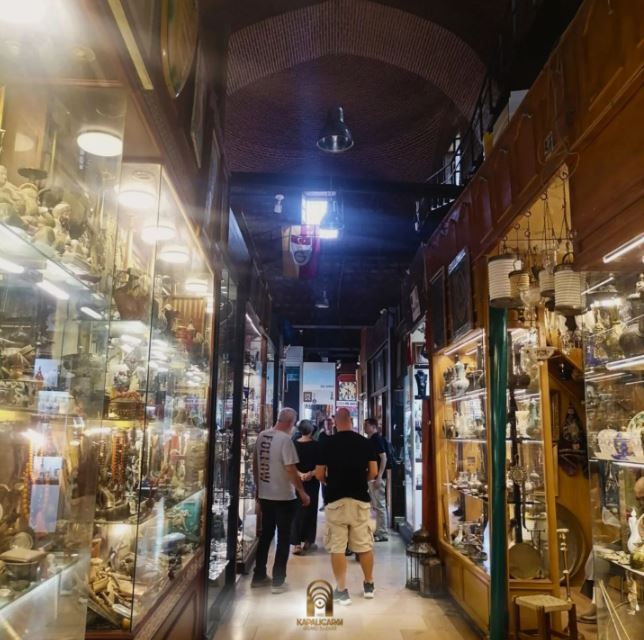

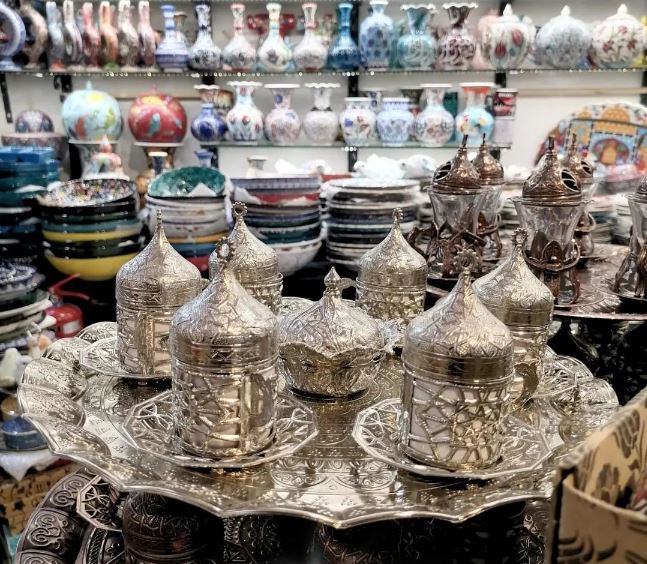
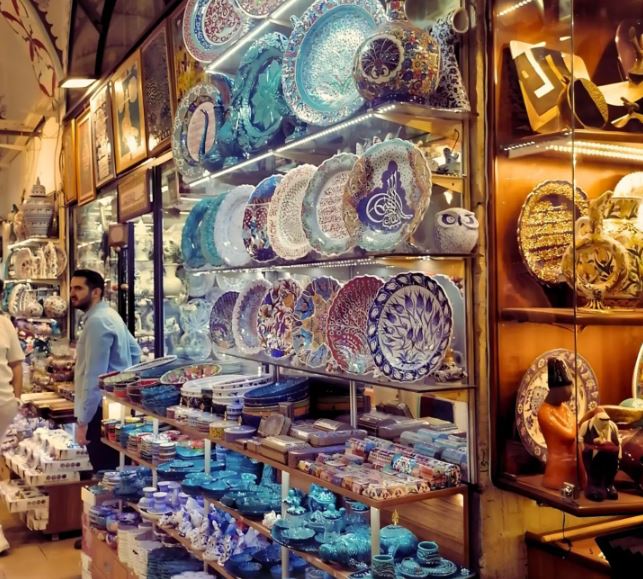
Table of Contents
Welcome to the Grand Bazaar (Kapalıçarşı), one of the largest and oldest covered markets in the world, where history, culture, and commerce converge in a vibrant tapestry of sights, sounds, and aromas. Located in the heart of Istanbul, this iconic marketplace has been a central hub for trade for centuries, attracting millions of visitors each year. From intricately woven carpets to exquisite jewelry, the Grand Bazaar offers a shopping experience like no other. In this article, we’ll guide you through the history, highlights, and essential information to help you make the most of your visit to this remarkable destination.
Location and How to Get to Grand Bazaar Istanbul
The Grand Bazaar is situated in the Fatih district of Istanbul, close to several key landmarks such as the Suleymaniye Mosque and the Spice Bazaar. Its central location makes it easily accessible from various parts of the city.
- By Public Transport:
- Metro: The nearest metro station is Vezneciler on the M2 line. From there, it’s about a 15-minute walk to the Grand Bazaar.
- Tram: Take the T1 tram line to Beyazıt-Kapalıçarşı station, which is right at the entrance of the bazaar.
- Bus: Several bus lines serve the area. Look for buses heading to Aksaray or Beyazıt.
- By Taxi: Taxis are readily available throughout Istanbul. Simply ask the driver to take you to the Grand Bazaar, and they will drop you off at one of the entrances.
- By Foot: If you are staying in the Sultanahmet area, you can enjoy a pleasant walk to the Grand Bazaar, taking in the beautiful streets of Istanbul along the way.
Highlights of the Grand Bazaar Istanbul
The Grand Bazaar is a treasure trove of unique items and experiences. Here are some highlights you won’t want to miss:
- Vibrant Shops: The bazaar features over 4,000 shops selling a wide variety of goods, including carpets, textiles, ceramics, spices, jewelry, and souvenirs. Each shop has its own charm and character.
- Historic Architecture: The Grand Bazaar is not only a shopping destination but also a historical site. The architecture reflects Ottoman styles, with stunning domes, arches, and intricate tile work.
- Artisan Workshops: Some shops in the bazaar are also workshops where artisans create traditional crafts. You can watch skilled artisans at work, from carpet weaving to ceramics painting.
- Cafés and Rest Areas: After a long day of shopping, take a break in one of the many cafés scattered throughout the bazaar. Enjoy a cup of Turkish tea, coffee, or a bite to eat while soaking in the ambiance.
- Bazaars Within the Bazaar: The Grand Bazaar is divided into several sections, each with its own specialties. Look out for the jewelry section, carpet shops, and the spice market area.
Why is it a Must-See Place?
The Grand Bazaar is a must-see for several compelling reasons:
- Historical Significance: Established in the 15th century, the Grand Bazaar is a living testament to Istanbul’s rich history as a center of trade and cultural exchange.
- Cultural Experience: The bazaar offers visitors a unique opportunity to immerse themselves in Turkish culture. The lively atmosphere, friendly shopkeepers, and traditional crafts create an authentic experience.
- Shopping Paradise: With thousands of shops offering a wide range of products, the Grand Bazaar is a paradise for shoppers looking for unique souvenirs, handcrafted items, and traditional Turkish goods.
- Architectural Beauty: The stunning architecture of the bazaar, with its vaulted ceilings and intricate tile work, provides a visual feast for architecture enthusiasts and photographers alike.
- Vibrant Atmosphere: The hustle and bustle of the bazaar, combined with the aromas of spices and the sounds of bargaining, create an unforgettable sensory experience.
Legends and History of Grand Bazaar Istanbul
The Grand Bazaar has a rich history filled with fascinating legends and notable events:
Origins and Development
The Grand Bazaar was established shortly after the conquest of Constantinople in 1453, during the reign of Sultan Mehmed II. Its construction began in 1455 and continued over the following centuries, evolving into the sprawling marketplace we see today. Originally, it served as a center for trade and commerce, facilitating the exchange of goods between Europe and Asia.
Historical Events
Throughout its history, the Grand Bazaar has witnessed numerous significant events, including fires, earthquakes, and political changes. The bazaar has undergone several renovations to restore and preserve its structure, particularly after devastating fires in the 17th and 18th centuries.
Legends of the Bazaar
The Grand Bazaar is steeped in legends, one of which revolves around its hidden passages and secret tunnels used by merchants to evade thieves and rivals. According to local lore, these passageways allowed traders to transport valuable goods safely throughout the city.
Interesting Facts About the Grand Bazaar
- Size and Scale: The Grand Bazaar covers an area of approximately 30,700 square meters (330,000 square feet) and consists of over 60 streets and alleys.
- Number of Shops: The bazaar houses around 4,000 shops, making it one of the largest and oldest covered markets in the world.
- Visitor Traffic: The Grand Bazaar attracts between 250,000 to 400,000 visitors daily, making it a bustling hub of activity.
- Cultural Significance: The bazaar has been recognized as an important cultural heritage site and continues to be a vital part of Istanbul’s identity.
- Bargaining Culture: Bargaining is an essential part of the shopping experience in the Grand Bazaar. Haggling is expected and can be a fun way to engage with local shopkeepers.
Architecture, Structure, and Design of the Grand Bazaar Istanbul
The Grand Bazaar is a remarkable example of Ottoman architecture, characterized by its unique design and intricate details. Here are some notable aspects of its structure:
Architectural Style
The architecture of the Grand Bazaar reflects a blend of Byzantine and Ottoman influences. The vaulted ceilings, arched doorways, and colorful tiles create a visually stunning environment.
Layout and Design
The bazaar is organized into various sections, each dedicated to specific types of goods. The layout encourages exploration, with narrow winding alleyways leading to hidden shops and stalls.
Domes and Arches
One of the most striking features of the Grand Bazaar is its domed roofs and arches. The domes provide natural light and ventilation, creating an inviting atmosphere for visitors.
Decorative Elements
The bazaar is adorned with beautiful tile work, calligraphy, and decorative motifs that showcase the artistry of Ottoman craftsmen. These details add to the overall charm and character of the market.
Grand Bazaar Nearby Attractions
When visiting the Grand Bazaar, consider exploring these nearby attractions:
1. Spice Bazaar (Egyptian Bazaar)
Located just a short walk away, the Spice Bazaar is another iconic market known for its vibrant stalls filled with spices, dried fruits, nuts, and sweets. It’s a sensory delight and a great place to pick up culinary souvenirs.
2. Suleymaniye Mosque
Suleymaniye Mosque, one of Istanbul’s largest and most beautiful mosques, is located nearby. Its stunning architecture and serene gardens make it a peaceful spot for reflection and exploration.
3. Hagia Sophia
A short distance from the Grand Bazaar, Hagia Sophia is a UNESCO World Heritage site known for its breathtaking architecture and rich history. Originally a cathedral, it later became a mosque and is now a museum.
4. Topkapi Palace
Topkapi Palace, the former residence of Ottoman sultans, is located near the Hagia Sophia. The palace complex features beautiful gardens, stunning architecture, and a fascinating collection of artifacts.
5. Basilica Cistern
The Basilica Cistern, an ancient underground water reservoir, is a unique attraction nearby. Its atmospheric lighting and mystical ambiance make it a popular spot for visitors.
Best Time to Visit
The best time to visit the Grand Bazaar is during the spring (April to June) and autumn (September to November) months when the weather is mild and pleasant. These seasons also attract fewer tourists compared to the peak summer months, allowing for a more enjoyable shopping experience.
Dress Code for Grand Bazaar Istanbul
While there is no strict dress code for visiting the Grand Bazaar, it is advisable to dress modestly and comfortably:
- Comfortable Footwear: Wear shoes suitable for walking, as you will likely spend several hours exploring the bazaar.
- Light Clothing: Opt for lightweight and breathable clothing, especially during the warmer months, as the bazaar can get crowded and warm.
- Respectful Attire: While there are no specific restrictions, it’s best to avoid overly casual or revealing clothing, particularly in religious areas nearby.
Opening Hours of Grand Bazaar Istanbul
The Grand Bazaar is generally open to visitors throughout the week. The typical visiting hours are as follows:
- Monday to Saturday: 9:00 AM to 7:00 PM
- Sunday: Closed
It’s advisable to check for any updates or changes to opening hours before your visit, especially during holidays or special events.
Entrance Fees for Grand Bazaar Istanbul
There is no entrance fee to access the Grand Bazaar. However, keep in mind that individual shops may have their own pricing for the goods they sell. Bargaining is a common practice, so don’t hesitate to negotiate prices.
The Museum Pass: Valid or Not
The Museum Pass (Müze Kart) is not valid for entry to the Grand Bazaar, as it is primarily a shopping and market area rather than a museum. However, the pass can be beneficial if you plan to visit various museums and archaeological sites in Istanbul.
Tips for Visitors
- Plan Your Visit: Research the bazaar ahead of time to identify specific shops or areas you want to explore. This will help you make the most of your visit.
- Bargain Politely: Haggling is expected in the Grand Bazaar, but always do so in a friendly and respectful manner. It can be a fun and engaging experience.
- Stay Hydrated: Bring water, especially during the summer months, as you may spend several hours exploring the bazaar.
- Watch Your Belongings: As with any crowded tourist area, be mindful of your belongings and keep an eye on your bags and valuables.
- Enjoy the Atmosphere: Take your time to soak in the vibrant atmosphere of the bazaar. Enjoy the sights, sounds, and smells, and don’t rush through your experience.
Frequently Asked Questions
1. What is the best time to visit the Grand Bazaar?
The best time to visit is during the spring (April to June) and autumn (September to November) when the weather is mild and there are fewer crowds.
2. How do I get to the Grand Bazaar from Taksim Square?
You can take a taxi, or use public transport by taking the T1 tram line to the Beyazıt-Kapalıçarşı station, which is right at the entrance of the bazaar.
3. Are there guided tours available at the Grand Bazaar?
Yes, guided tours are available and can provide valuable insights into the history and culture of the bazaar, enhancing your experience.
4. Can I take photos inside the Grand Bazaar?
Photography is generally allowed in the bazaar, but be respectful of shopkeepers and their merchandise. Always ask permission before taking close-up shots.
5. Is there an entrance fee for the Grand Bazaar?
No, there is no entrance fee to access the Grand Bazaar. However, individual shops may have their own pricing for goods.
